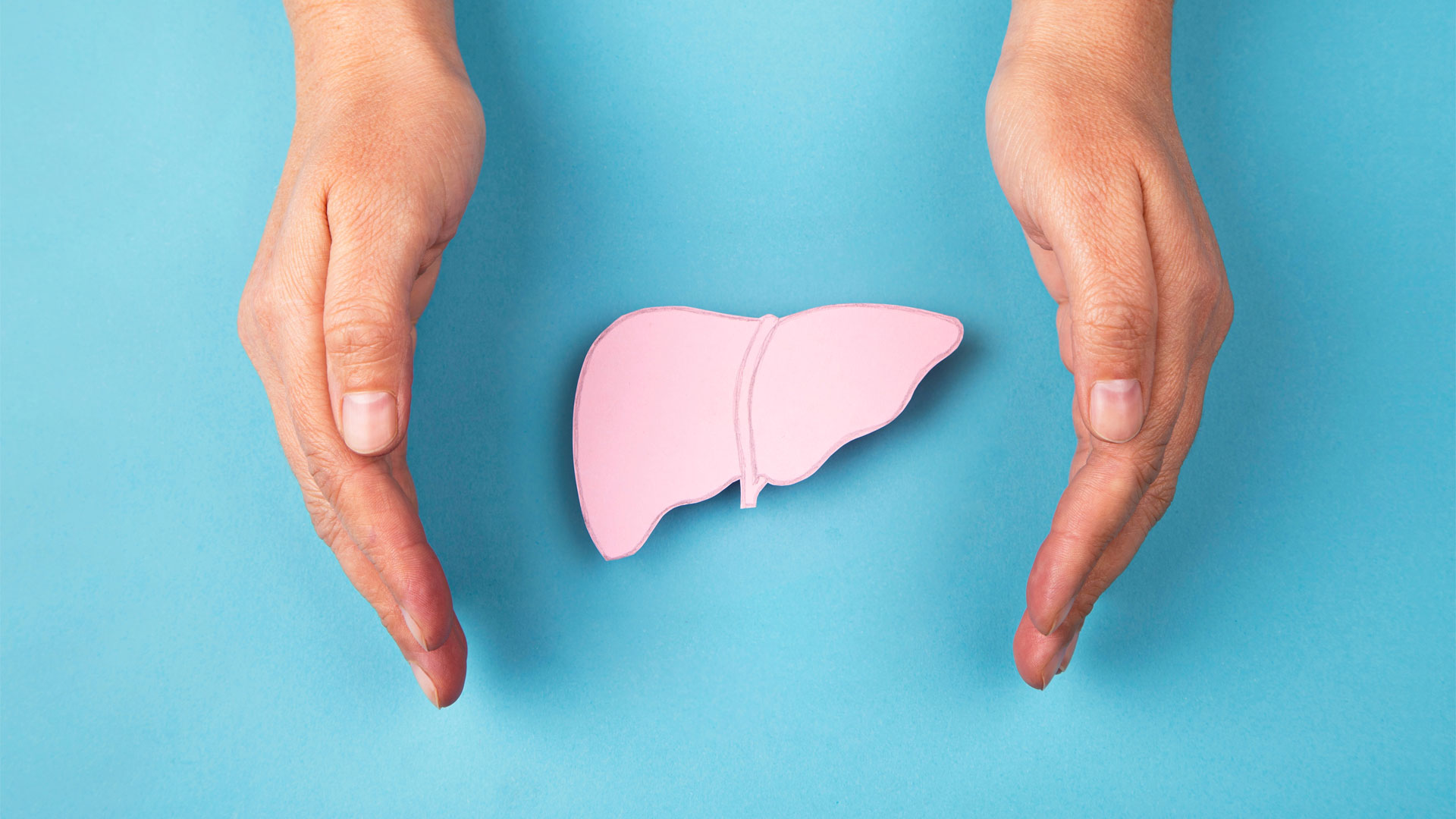By Liam Andrew Davenport, medwireNews reporter
medwireNews: Patients with primary biliary cholangitis (PBC) who continue treatment with seladelpar beyond 12 months experience ongoing improvements in pruritus and biochemical markers of cholestasis, with few adverse events, demonstrate two analyses of the ASSURE trial.

Gideon Hirschfield (Toronto General Hospital, Ontario, Canada) told delegates at AASLD The Liver Meeting in Washington, DC, USA, that currently available treatment options for cholestatic pruritus, such as bile acid sequestrants and antihistamines, have limited efficacy, and that the off-label use of agents such as rifampin has its own limitations.
He said that seladelpar is a first-in-class peroxisome proliferator-activated receptor (PPAR) delta agonist, which was shown in the RESPONSE study to significantly improve biochemical markers of disease and pruritus.
Moreover, previously reported 6-month data from the ASSURE trial, which rolled over patients from the RESPONSE trial at 12 months of follow-up, indicated that 6 additional months of treatment with the drug was associated with maintenance of reductions in Pruritus Numerical Rating Scale (NRS) scores.
He then presented the latest interim long-term pruritus results from the ASSURE trial, which followed up patients out to 18 months, or 30 months since initial enrollment into RESPONSE. Of the 128 patients who started on seladelpar 10 mg in RESPONSE, 104 entered ASSURE and continued on the drug. Sixty-five patients were started on placebo in RESPONSE, with 54 crossing over to seladelpar 10 mg for ASSURE. The drug is planned to be given for the entire 60-month duration of ASSURE.
Pruritus NRS scores were collected daily during the first 6 months of RESPONSE and ASSURE, and then monthly thereafter. PBC-40 and 5-D Itch scores were collected at each clinic visit from the start of RESPONSE and into ASSURE.
The current analysis focused on patients with moderate-to-severe pruritus (defined as a Pruritus NRS score of ≥4 points) – 49 in the seladelpar group and 23 in the placebo group. They had mean Pruritus NRS scores of 6.1 points and 6.6 points, respectively. The mean age was 53–54 years and 96–98% were women.
The current analysis revealed that the improvements seen with seladelpar were maintained out to 30 months in patients who initially started on the drug and those who crossed over from placebo on entering ASSURE. A clinically meaningful improvement of at least 3 points on the Pruritus NRS was achieved by 56% of patients in both groups.
Importantly, he also reported that there was a high degree of correlation between weekly averaged and single-visit Pruritus NRS scores. This, Hirschfield said, “echoes what you do in clinic,” and demonstrates that, “if you assess your patient on a single visit with the NRS, in fact, you are getting a very good assessment of the burden of their pruritus.”
He also showed that both 5D-Itch and PBC-40 Itch domain scores improved over the course of the study.
In the second presentation, Daniel Pratt (Massachusetts General Hospital, Boston, USA) reported on a pooled interim analysis of ASSURE that included an additional 179 legacy patients with PBC (mean age 58 years; 94% women) who had restarted seladelpar after a 2-year treatment gap, having previously completed earlier phase 2 and 3 trials.
After 36 months of follow-up, 67.2% of a total of 337 patients achieved a composite biochemical response with the drug, defined as an alkaline phosphatase (ALP) level below 1.67 times the upper limit of normal, a decrease in ALP of at least 15% from baseline, and normalization of bilirubin levels.
Crucially, 33.6% of patients achieved normalization of ALP levels at 36 months, a level that was consistently maintained from approximately 6 months’ follow-up. Bilirubin normalization was seen in 89.3% of patients at 36 months.
Pratt showed that 32.8% of patients achieved a deep response with seladelpar at 36 months, defined as normalization of both ALP and total bilirubin levels. He reported that GLOBE scores also improved with the drug, “suggesting improved prognosis.”
Just 3.9% of participants experienced liver-related adverse events, such as elevated bilirubin, ascites, or disease progression. There was one case of myalgia, and no kidney-related adverse events.
Pratt concluded that seladelpar “continues to demonstrate sustained improvements in biochemical markers of cholestasis” in PBC patients, with an “overall favorable safety profile.”
medwireNews is an independent medical news service provided by Springer Healthcare Ltd. © 2025 Springer Healthcare Ltd, part of the Springer Nature Group
AASLD The Liver Meeting; Washington, DC, USA: 7–11 November 2025



